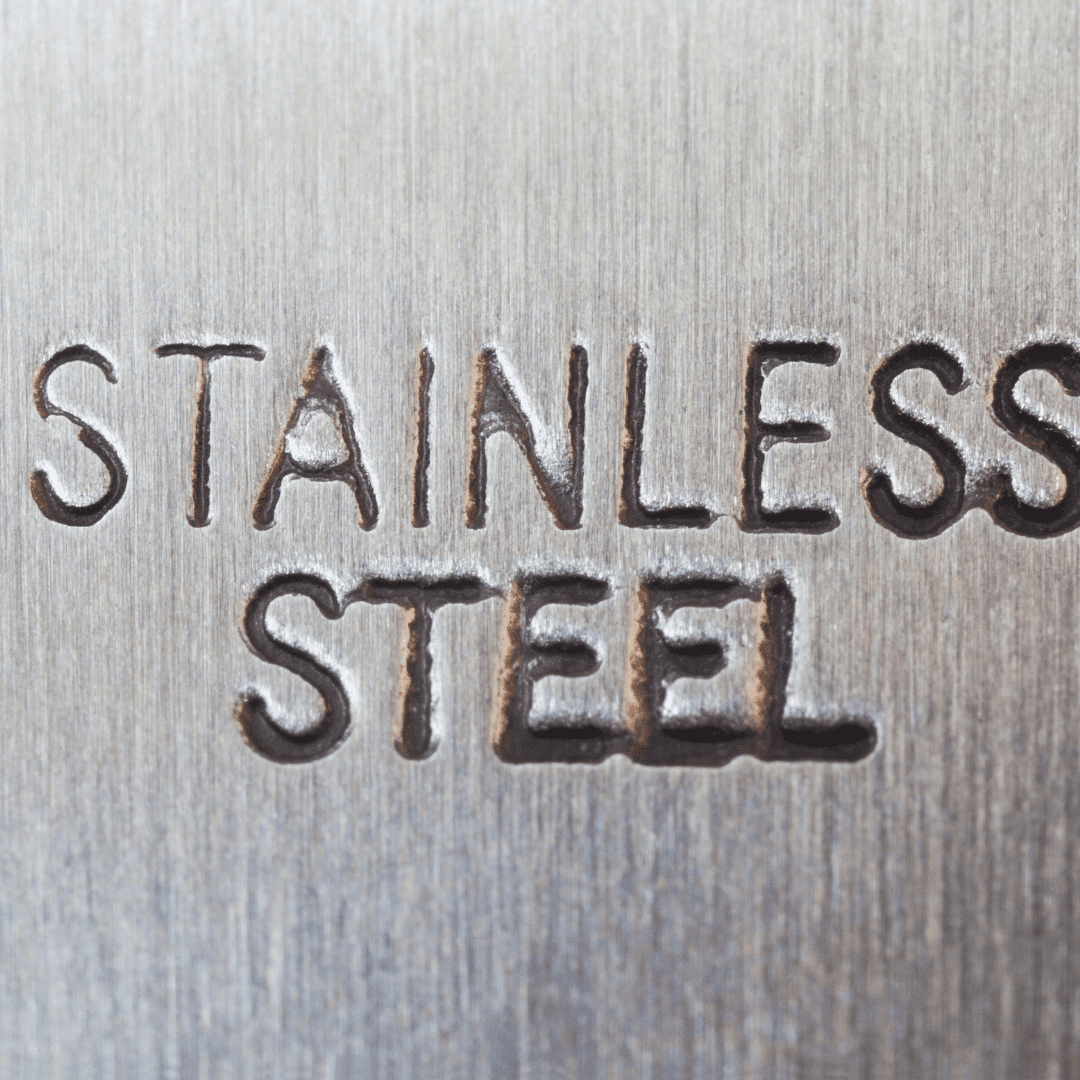When it comes to food manufacturing, choosing the right grade of stainless steel is vital.
According to Manufacturing.net:
“In food manufacturing, cleaning and sanitation are paramount. When it comes to equipment, it’s important to know what materials to use — and how selection can affect fabrication design and future care.
“Manufacturers use a range of materials to store, convey and process food products. Metals, in particular, offer exceptional strength properties necessary for high product volumes. But strength is not the only factor to consider. The best materials should be as non-corrosive and inert as possible.
Corrosion resistance
“The most common form of corrosion is oxidation — where oxygen reacts with a metal, usually in the presence of water, to produce a more non-reactive material such as rust. For ferrous metals, iron and steel, rust ruins surface quality and eventually structural stability. For other types of metals, however, oxidation is beneficial.
“Stainless steel is used widely in food manufacturing, and for good reason. It is characterized by the addition of chromium — at least 10.5 percent of total composition. Chromium is highly reactive to oxygen environments and quickly forms a strong passivated barrier on its outer surface. This barrier is highly resilient and protects internal structures from further corrosion.
“Two types of stainless steel are most common:
- 304 stainless steel contains between 16 and 24 percent chromium, as well as alloys such as nickel, carbon and manganese. 304 stainless steel has excellent anti-corrosion properties, making it suitable for most food products. The presence of chlorides, however, can compromise passivated surfaces and cause pitting.
- 316 stainless steel is similar to 304 stainless steel but with the addition of 2 to 3 percent molybdenum to increase resilience against chlorides, making it more suitable for meat products and foods with mild salt contents.
“Both 304 and 316 stainless steels are austenitic, meaning they are extremely strong and easy to fabricate.
“Ferritic steels with high chromium contents can also be used for applications where corrosion resistance is less of a concern — such as housings and enclosures. Duplex stainless steels are common for stagnant or slow-moving briny or salty foods — especially where higher temperatures are used.
Stainless steel fabrication
“Clean, smooth surfaces free from cracks and crevices are easiest to clean. Unsmooth surfaces allow build-ups that may protect bacteria and other microorganisms from being killed or removed by heat or chemical application.
“When designing and installing stainless steel equipment, special attention should be paid to preventing scratches and dents. For structural elements, fully enclosed round or square tubing with un-broken welds are more suitable than angle or channel parts — which have sharp corners or dead areas that are difficult to clean. Sharp bends and hard corners should generally be avoided, especially for internal cavities, as they can be susceptible to build-ups and stress-cracking.
Protecting stainless steel surfaces
“Industrial cleaning may typically involve water, steam, mechanical scrubbing, abrasive materials and chemical agents. It’s important that equipment surfaces be tough enough to withstand deformation. It’s also important to know what products can deteriorate surface quality.
“Stainless steels are much more resistant to mechanical abrasion than softer materials such as aluminum. They are also compatible with many cleaning agents and disinfectants. Hypochlorites, such as bleach, however, can damage passivation and should have minimal contact with stainless steel surfaces and/or be rinsed away thoroughly. Nitric acid, iodine and ammonium solutions are typically safer for disinfecting.
“When fabricating, stainless steel should not be affixed to non-stainless steel metals. Contact with carbon steel can contaminate stainless steel, leading spot corrosion. Even sparks from nearby welding or grinding will contaminate and rust exposed surfaces. Longer-term contact with other metals, such as aluminum can also lead to galvanic reactions that will ruin surfaces.
Informed operations
“Proper planning will be for nought without ongoing care. Even the best-designed facilities risk contamination if staff aren’t knowledgeable. Proper procedures and training are crucial to ensuring effective operations.”






